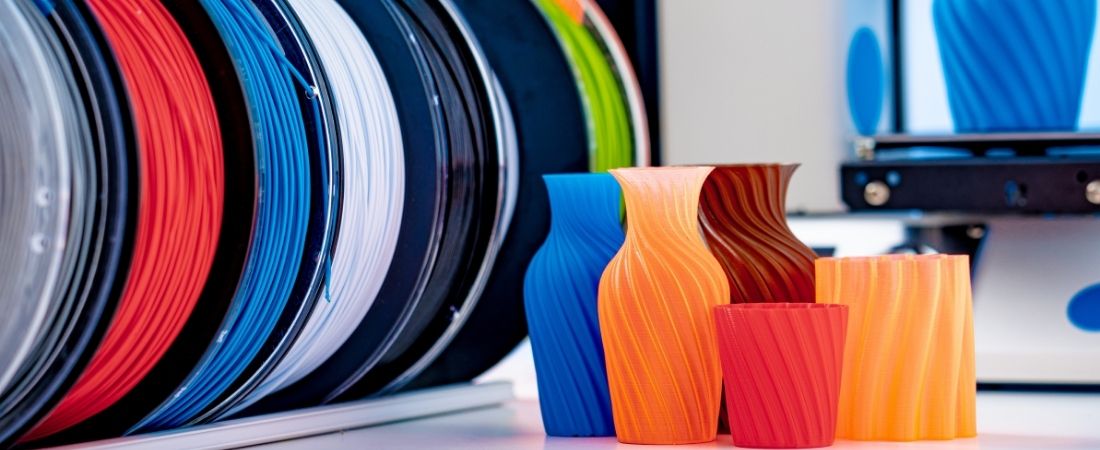
It’s not always easy to get high-quality prints. To get to know your printer and the filament you want to use, you’ll need patience and some fine-tuning, as well as a bit of research to help fill in the gaps in your knowledge. Here are some great tips for getting better print quality with 3D Printing!
Level the Bed and Set Z Offset
To manually level the bed, measure the distance between the nozzle and the bed at numerous spots across the bed with a sheet of paper or a feeler gauge. It’s a bit like Goldilocks when the (clean) nozzle is at the right distance from the bed: the paper or gauge will have minimum resistance when pulled free, but it will easily go back underneath the nozzle without effort. To assure accuracy, repeat this method two or three times.
Test in Different Temperatures
The temperature of the nozzle—or nozzles, if there are several nozzles—has a direct impact on the finished print’s look. If the nozzle is excessively hot, it may leave filament threads between the pieces. When printing tall items, high temperatures or insufficient cooling might cause the previous layers to melt, causing the piece to deform. Include a one-centimeter cube on the opposite side of the build plate in your slicer when printing a tall object. This enables time for cooling by removing the hot nozzle from the print between layers. Use a wall or ooze shield structure if there are filament threads between structures, which is a typical feature in slicer applications.
On the other hand, controlling the temperature of the build plate aids print adherence and prevents other problems. The layers of a model contract as they cool during printing, causing the print’s bottom borders to peel away from the build plate. Warping could be an indication that the bed temperature is too low, or that your bed adhesion needs to be checked.
Upgrade Your Build Surface
The build plate is an important component of your printer that influences the materials you can print with and the surface of your created things. On the bottom of the print, different build plates provide distinct textures: Glass, PEI, or Kapton tape leave a smooth finish on the bed, whereas glue-on polycarbonate sheets or painter’s tape leave a matte finish. If you’re using a spray or glue to adhere the print to the surface, only use enough to adhere to the print. It’s also tough to remove the print if there’s too much glue or spray on it. Forcing it off could harm the print—or, if applied with enough force, break or deform the plate.
We hope this article has given you some great tips for getting better print quality with 3D Printing. If you are looking to hire a 3D printing service in New Jersey, be sure to reach out to Tangible Creative!
